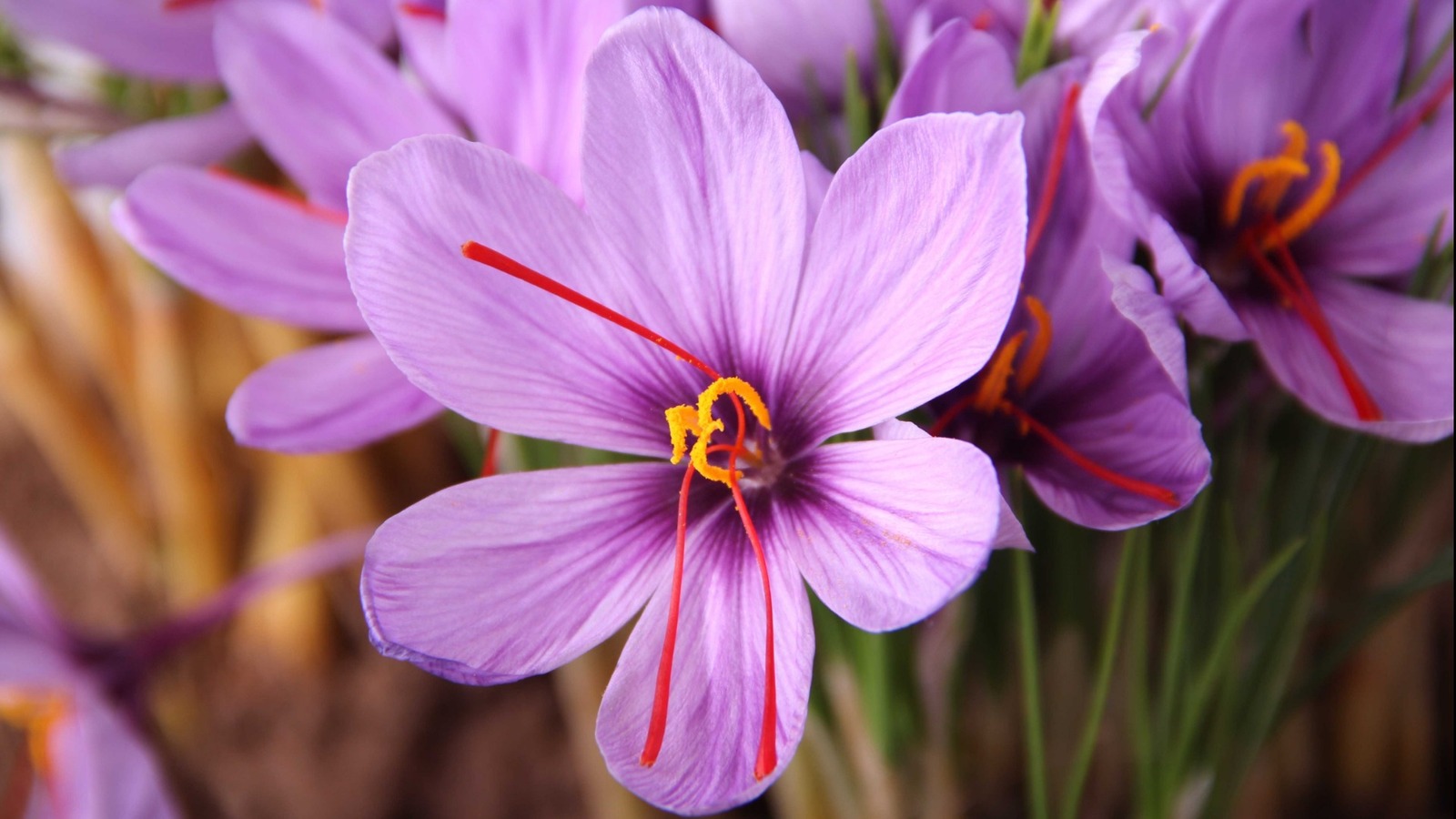
"The vivid crimson stigmas of Crocus sativus produce saffron, the world's most coveted and expensive spice, a key ingredient that colors and flavors many culinary delights."
"Over 80 different crocus species exist, but many are inedible or hazardous, with the toxic autumn crocus causing poisoning due to visual similarities with saffron."
"Harvesting saffron involves quickly picking the red stigmas from Crocus sativus flowers by hand, a labor-intensive process needed to yield one pound of saffron."
"In areas cultivating saffron like Kashmir and Iran, generations of local knowledge help identify safe from toxic crocus species, emphasizing the risks involved."
Saffron, derived from the crimson stigmas of Crocus sativus, is the world’s most sought-after spice. Many crocus species are inedible or toxic, such as the autumn crocus which can cause severe poisoning. This visual confusion can lead to accidental poisonings among foragers. In saffron-producing regions like Kashmir, Spain, and Iran, the delicate flowers are hand-harvested in a painstaking process requiring tens of thousands of blooms for a single pound. The small yield and labor-intensive harvesting contribute to saffron’s high cost and its culinary use in tiny amounts.
Read at Tasting Table
Unable to calculate read time
Collection
[
|
...
]